Let’s explore everything you need to know about soju’s alcohol content, ts range, how it’s made, how it compares to other spirits, and how to drink it responsibly.
What Is the Alcohol Content of Soju?
Soju typically ranges between 12.5% and 25% ABV (alcohol by volume), though traditional artisanal varieties like Andong Soju can reach as high as 53%.
- Modern mass-market soju: 12.5%–17%
- Distilled or premium soju: 20%–25%
- Traditional artisanal soju: up to 53%
The vast majority of bottles sold in Korea and abroad today are in the 12.5%–17% range, making soju lighter than most Western liquors but still stronger than beer or wine.
Why Soju’s Alcohol Content Varies
Soju’s ABV depends on two main factors:
-
Production Method
Diluted Soju: Most modern brands use ethanol from sweet potatoes, tapioca, or cassava, diluted with water and flavored resulting in lower ABV.
Distilled Soju: Traditional soju is fermented and distilled from rice, barley, or other grains, resulting in higher ABV and deeper flavor. -
Consumer Demand & Market Trends
Since the early 2000s, consumer preference (especially among younger and female drinkers) has shifted toward lower-alcohol soju. This has led brands to reduce ABV over time.
A Timeline: How Soju’s ABV Dropped Over Time
| Decade | Typical ABV |
|---|---|
| 1960s | 30–35% |
| 1990s | 25% |
| 2007+ | 20% and below |
| Today | 12.5%–17% |
Popular Soju Brands and Their Alcohol Content
Here’s a breakdown of well-known soju brands and their corresponding ABVs:
| Brand Name | ABV |
|---|---|
| Jinro Chamisul Fresh | 16.9% |
| Chum Churum | 16.5% |
| Good Day Soju | 16.9% |
| Hallasan Soju (Jeju) | 21% |
| Jinro 24 (Premium) | 24% |
| Hwayo 17 / 25 / 41 | 17%, 25%, 41% |
| Andong Soju (Traditional) | 45%–53% |
| Fruit-Flavored Soju | 12%–13% |
Tip: Many brands include the alcohol percentage in the name like Jinro 24 or Hwayo 17. You can also find the ABV printed on the bottle label.
Flavored and Sparkling Soju: The Low-ABV Trend
In recent years, fruit-flavored and sparkling sojus have surged in popularity. These drinks are lighter, sweeter, and often more appealing to casual or first-time drinkers.
Examples:
- Peach Soju – 12%
- Grapefruit Soju – 13%
- Sparkling Mango Soju – 12%
How Soju Compares to Other Popular Spirits
| Drink | ABV Range | Notes |
|---|---|---|
| Beer | 4%–6% | Brewed, low alcohol |
| Wine | 11%–14% | Fermented grapes |
| Sake | 13%–16% | Brewed rice wine |
| Shochu | 20%–25% | Japanese distilled liquor |
| Vodka | 35%–40% | Distilled from grains/potatoes |
| Soju | 12.5%–53% | Distilled/diluted; varies by type |
Key Differences:
- Soju vs. Vodka: Soju is typically lighter and smoother.
- Soju vs. Shochu: Soju is sweeter and more diluted; shochu has higher proof and is less sweet.
- Soju vs. Sake: Sake is brewed like beer, while soju is distilled like vodka.
Soju Drinking Practices: How ABV Influences the Experience
Soju’s lower ABV makes it more suitable for group drinking rituals, such as:
- Somaek (soju + beer)
- Soju cocktails (like Soju Mojito or Soju Sunrise)
- Yakult Soju (soju + probiotic drink)
Serving Tips:
- Always pour for others, not yourself.
- Serve chilled, not with ice.
- Use a small shot glass or soju glass.
- Pair with Korean BBQ, kimchi, or seafood.
Responsible Drinking: Don’t Be Fooled by the Smoothness
While soju feels light and goes down easily, its alcohol can sneak up on you especially when mixed or consumed in rounds. Don’t underestimate its effects.
- ✔️ Drink slowly
- ✔️ Stay hydrated
- ✔️ Keep track of servings
How to Read Soju Labels
Look for ABV listed on the front or back of the bottle. Some premium or distilled sojus include the alcohol percentage directly in the name (e.g., Hwayo 25).
Final Thoughts: Soju’s Strength Lies in Its Flexibility
Whether you're sipping a crisp 13% peach soju or indulging in a robust 45% Andong soju, the alcohol content tells a story. From historic distillate to modern, global favorite. As trends shift and craft brands emerge, soju continues to reinvent itself without losing its roots.




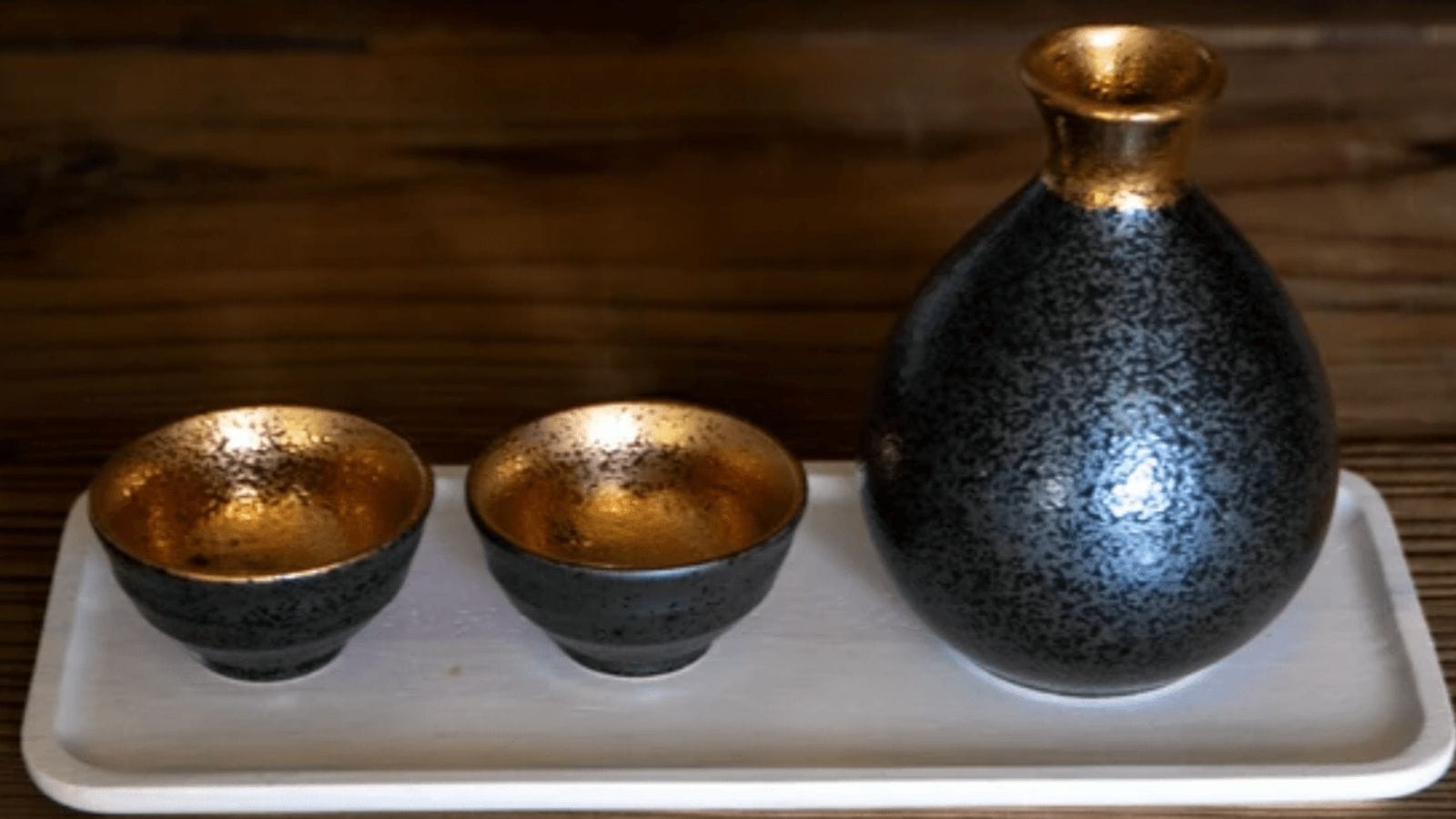
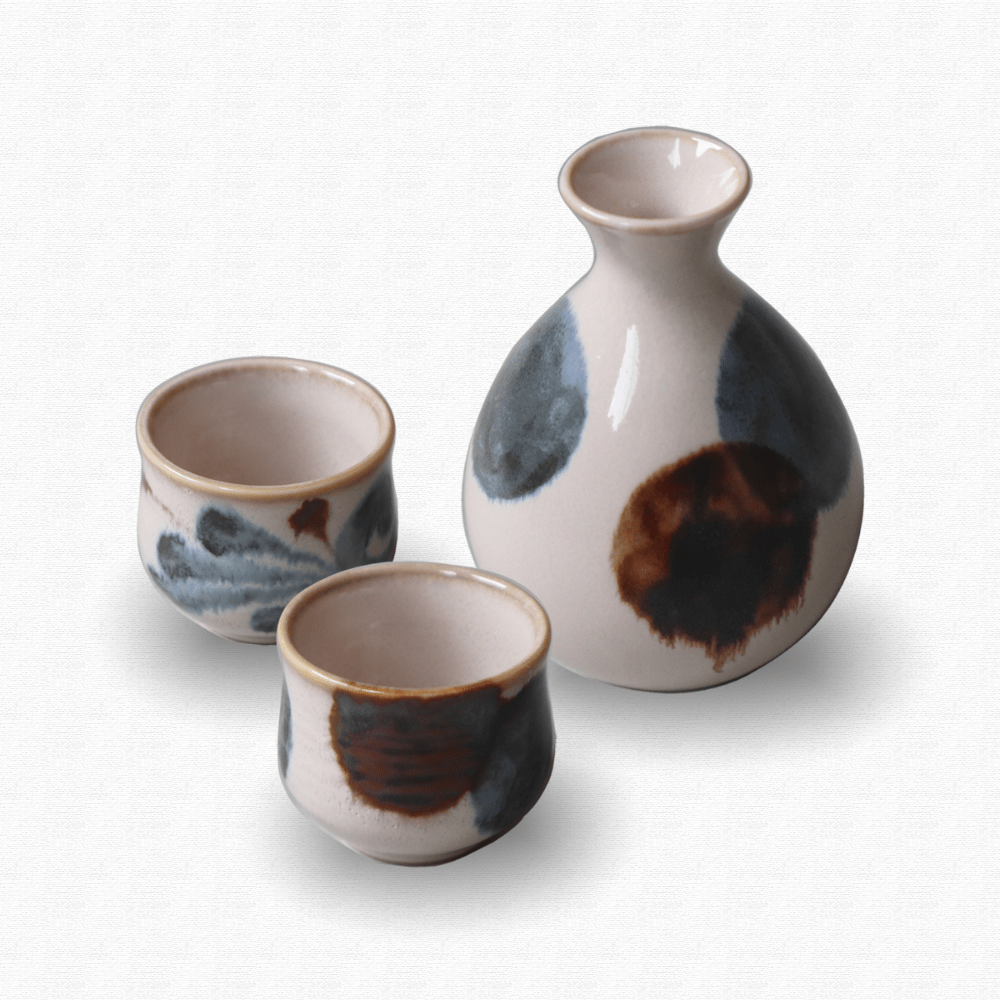
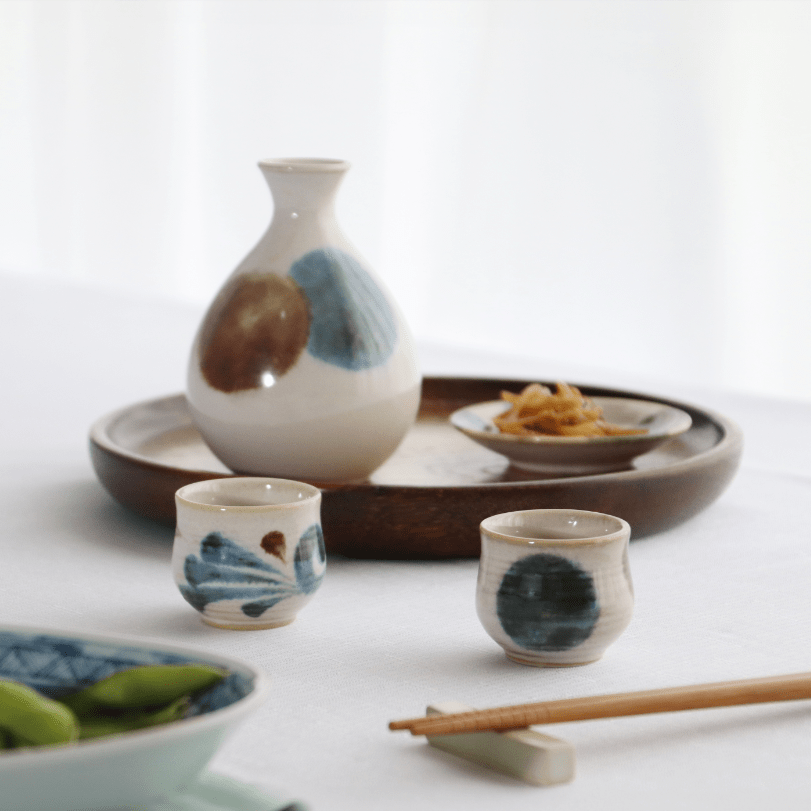
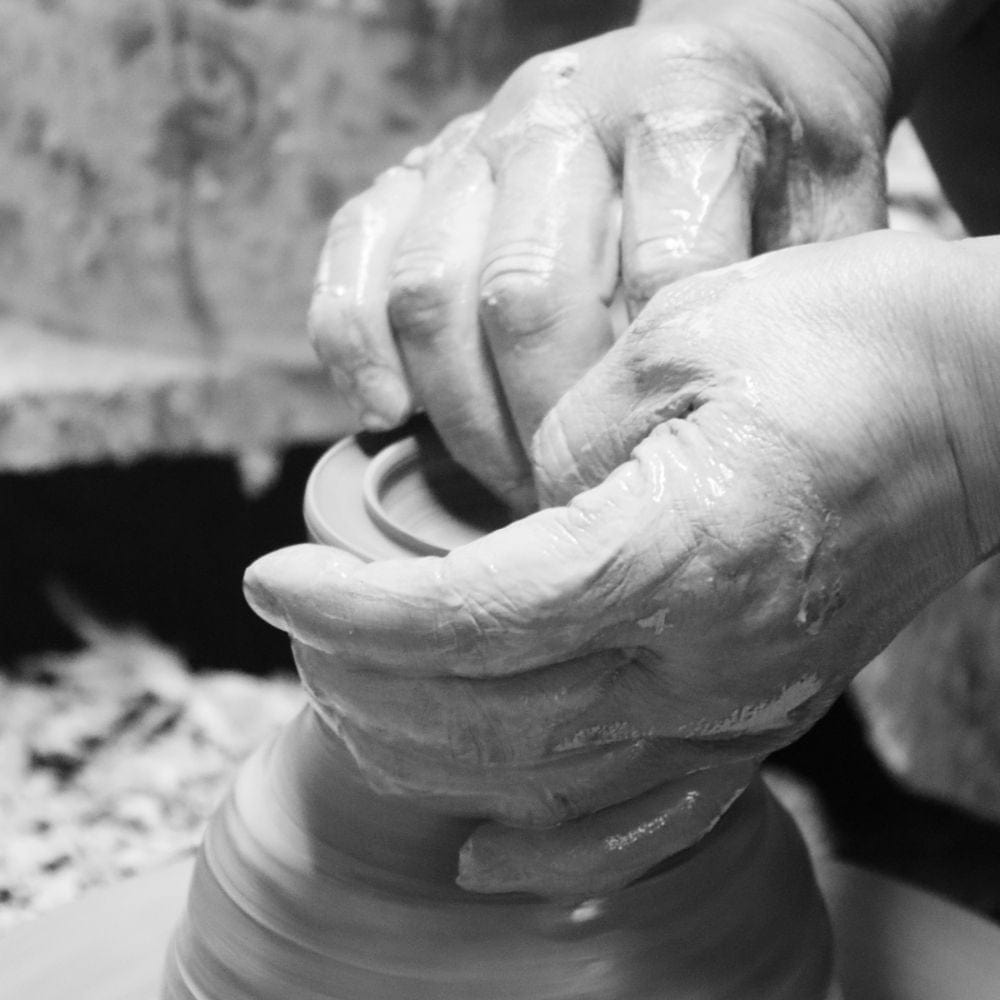
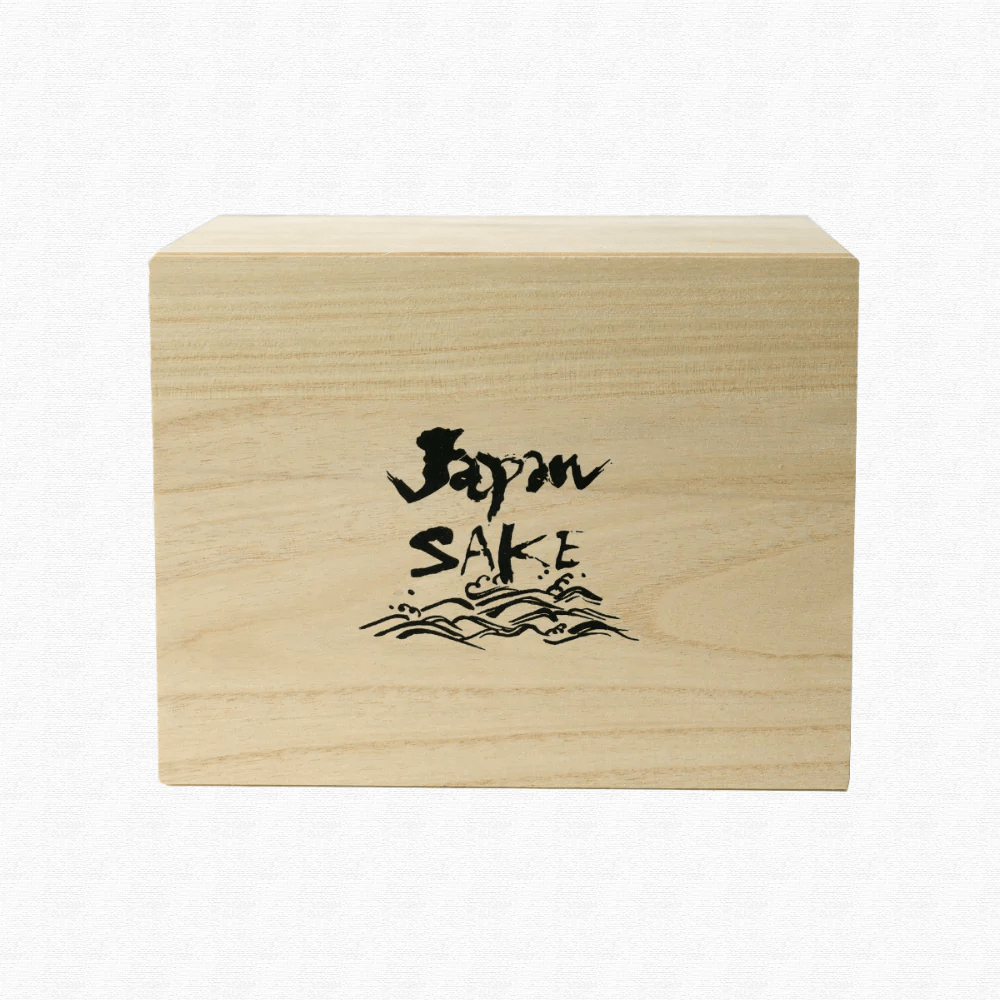
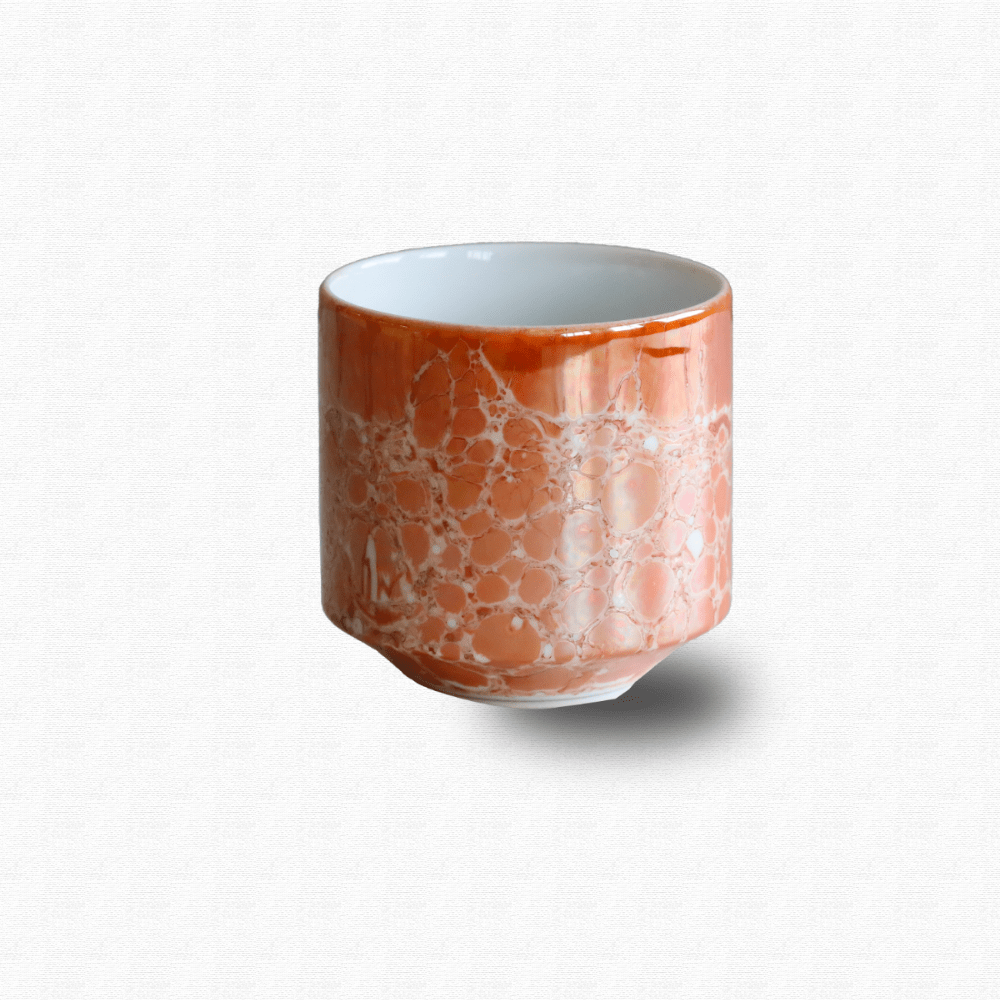
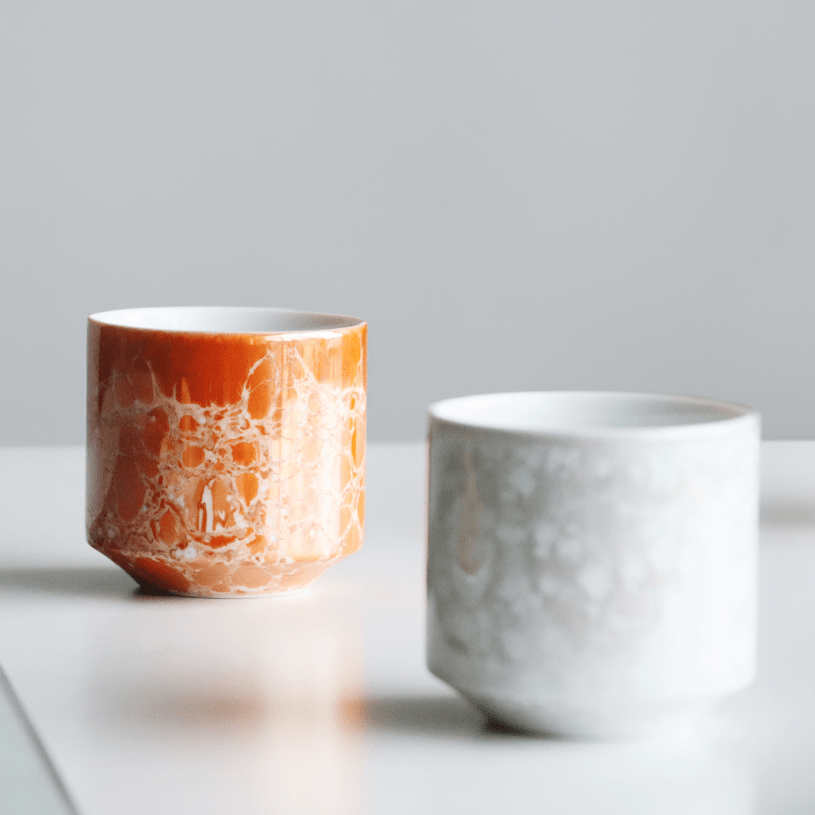
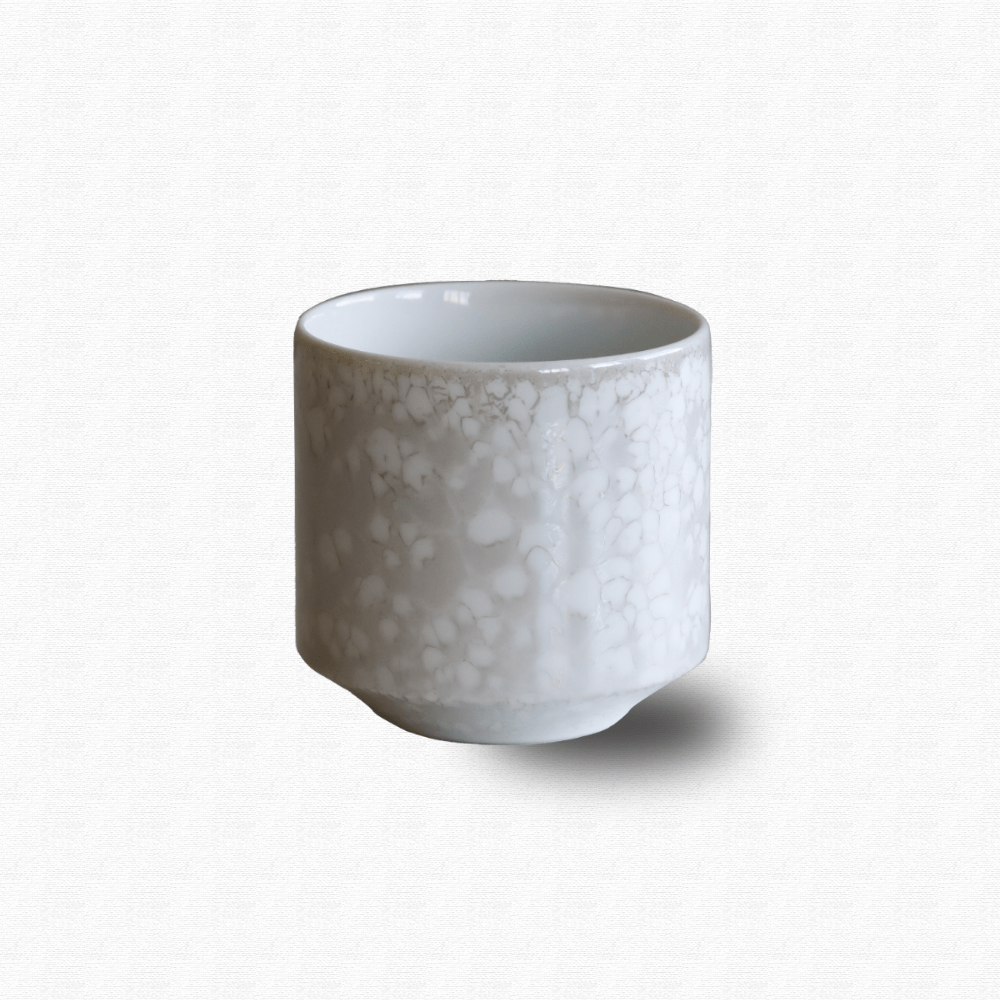
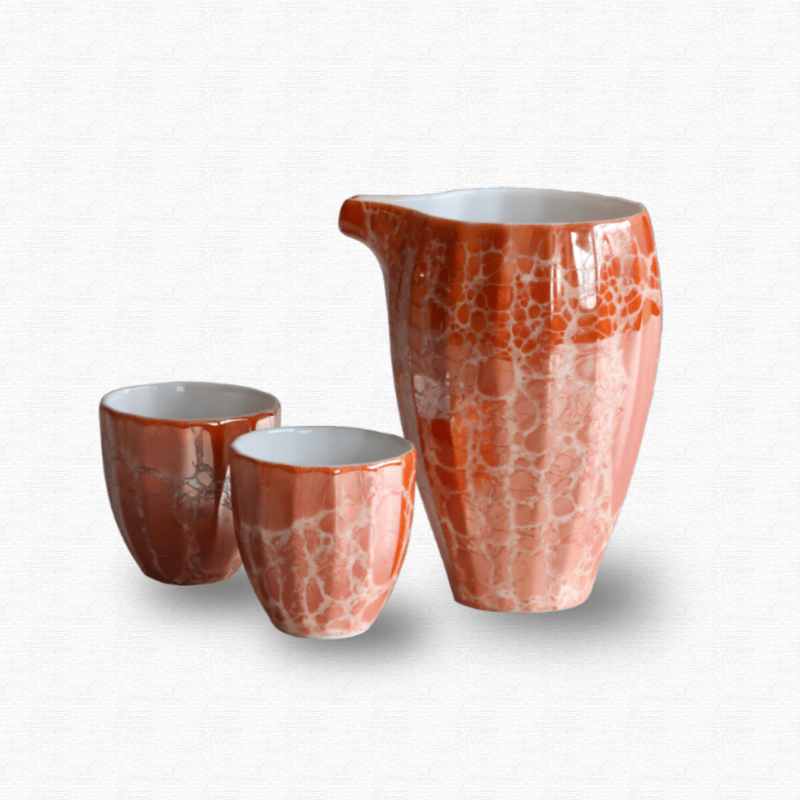
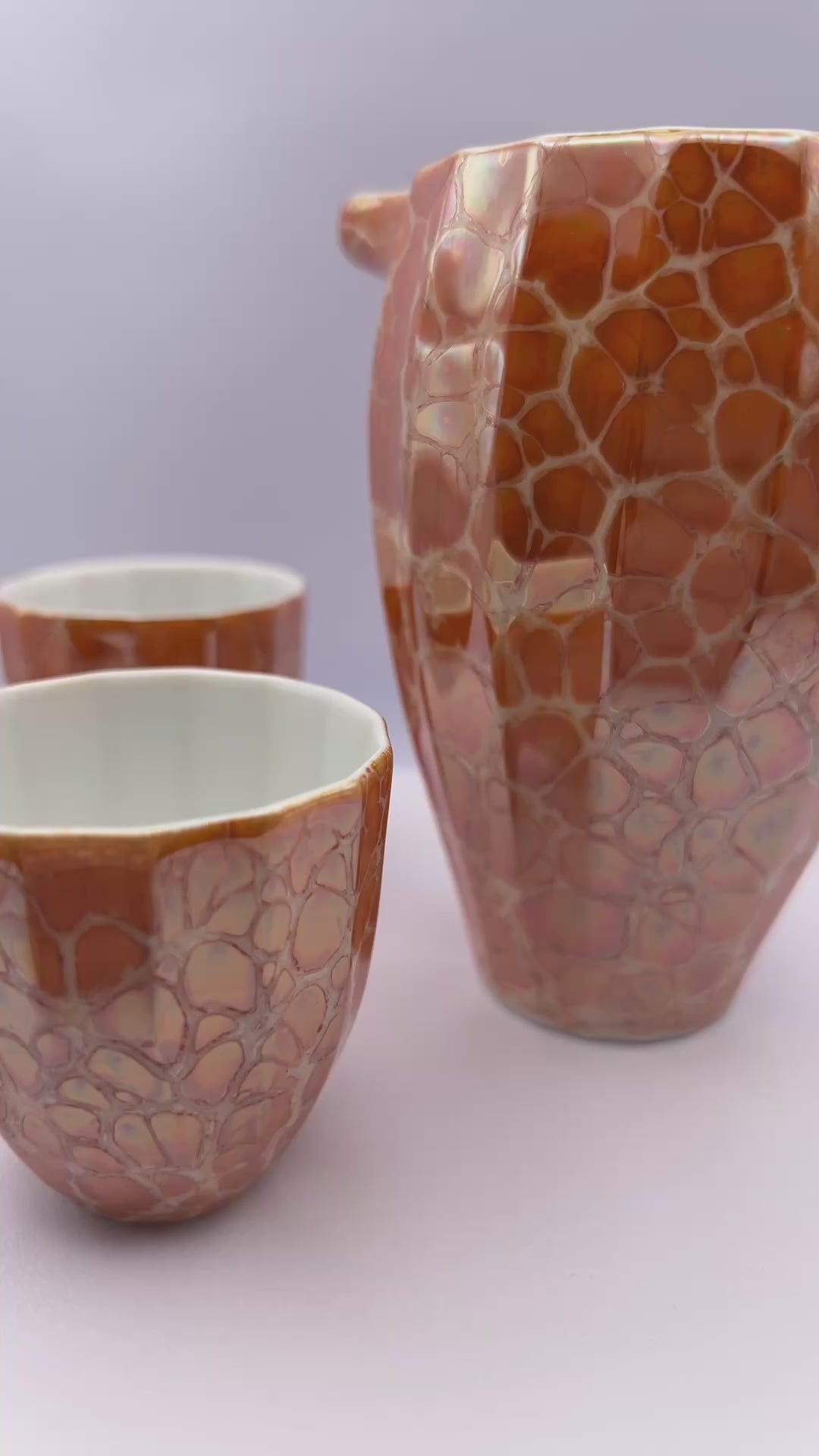


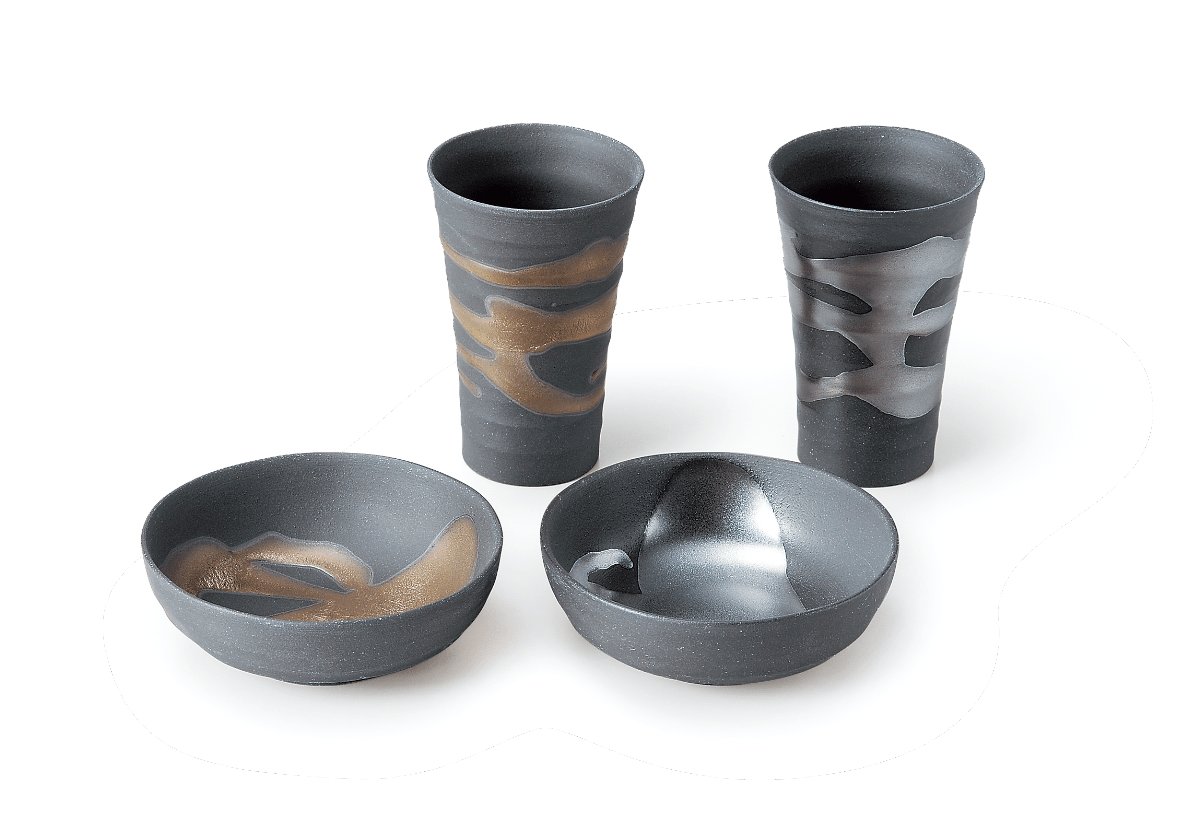
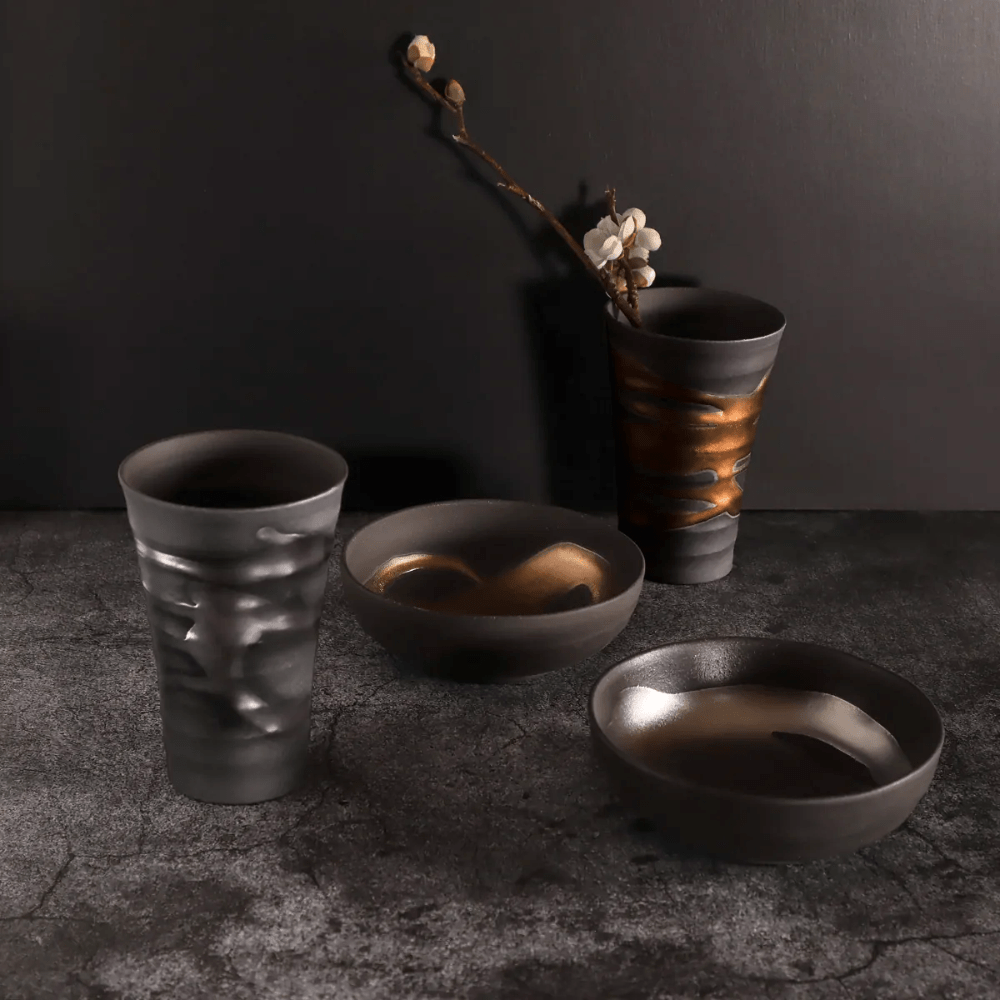
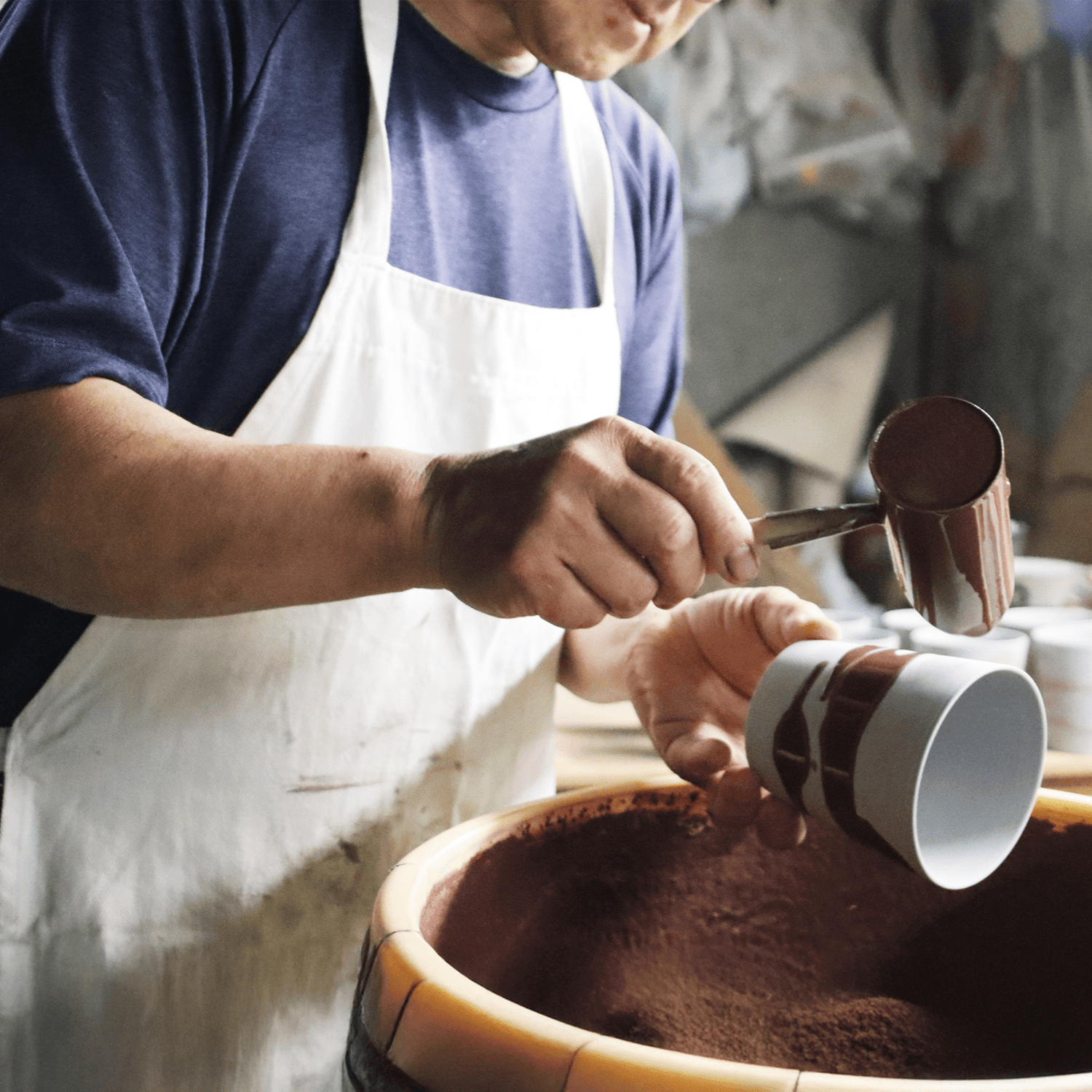
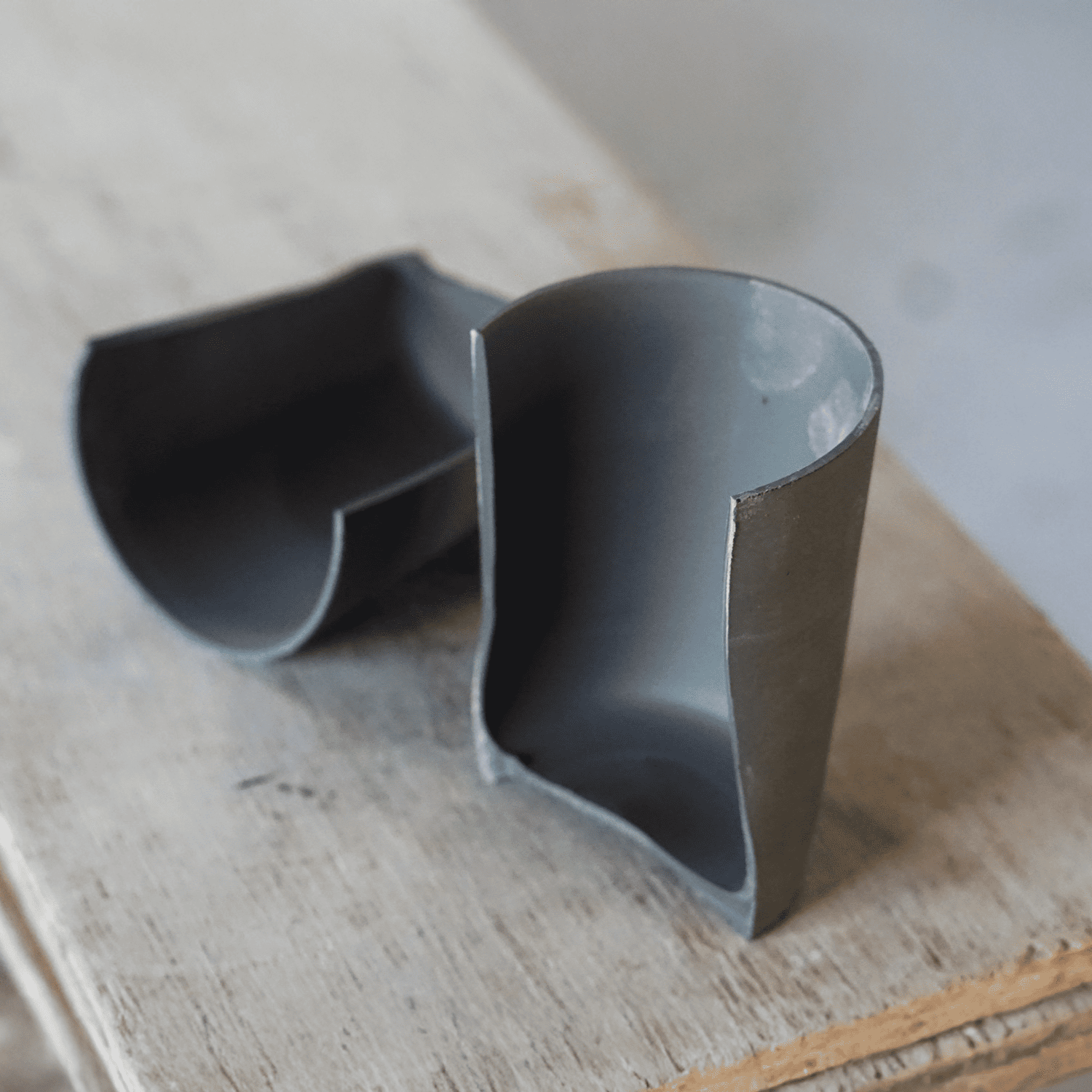
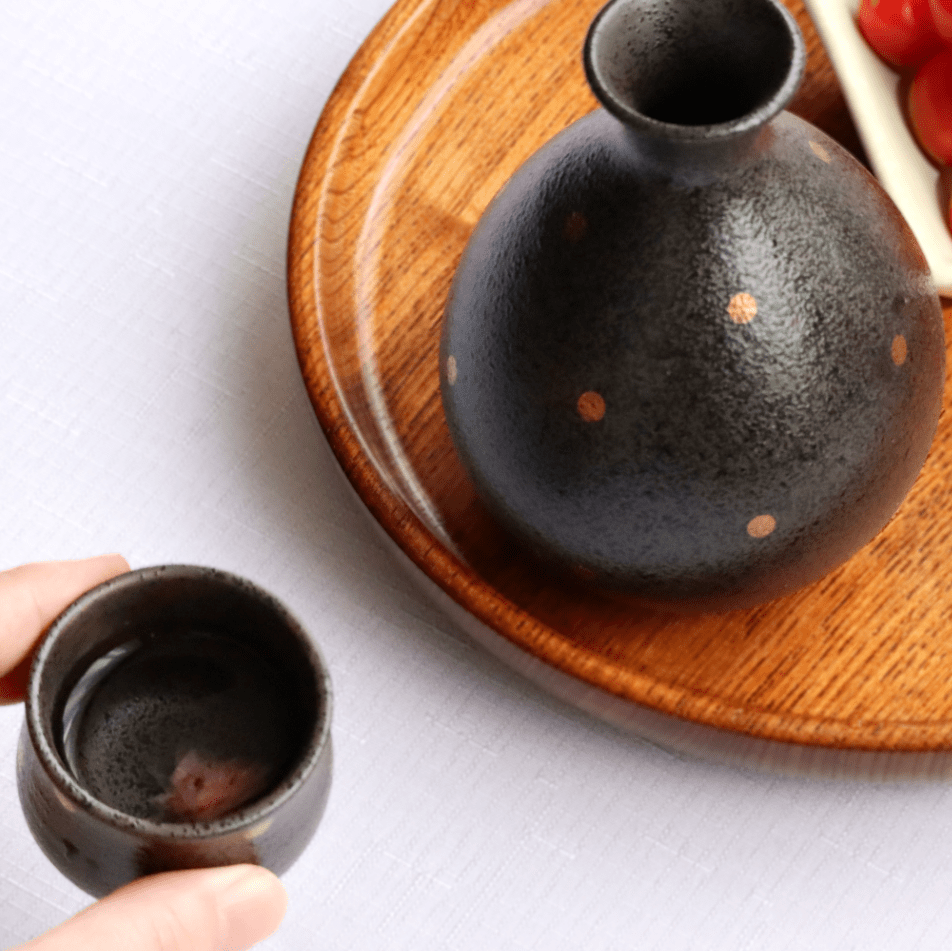
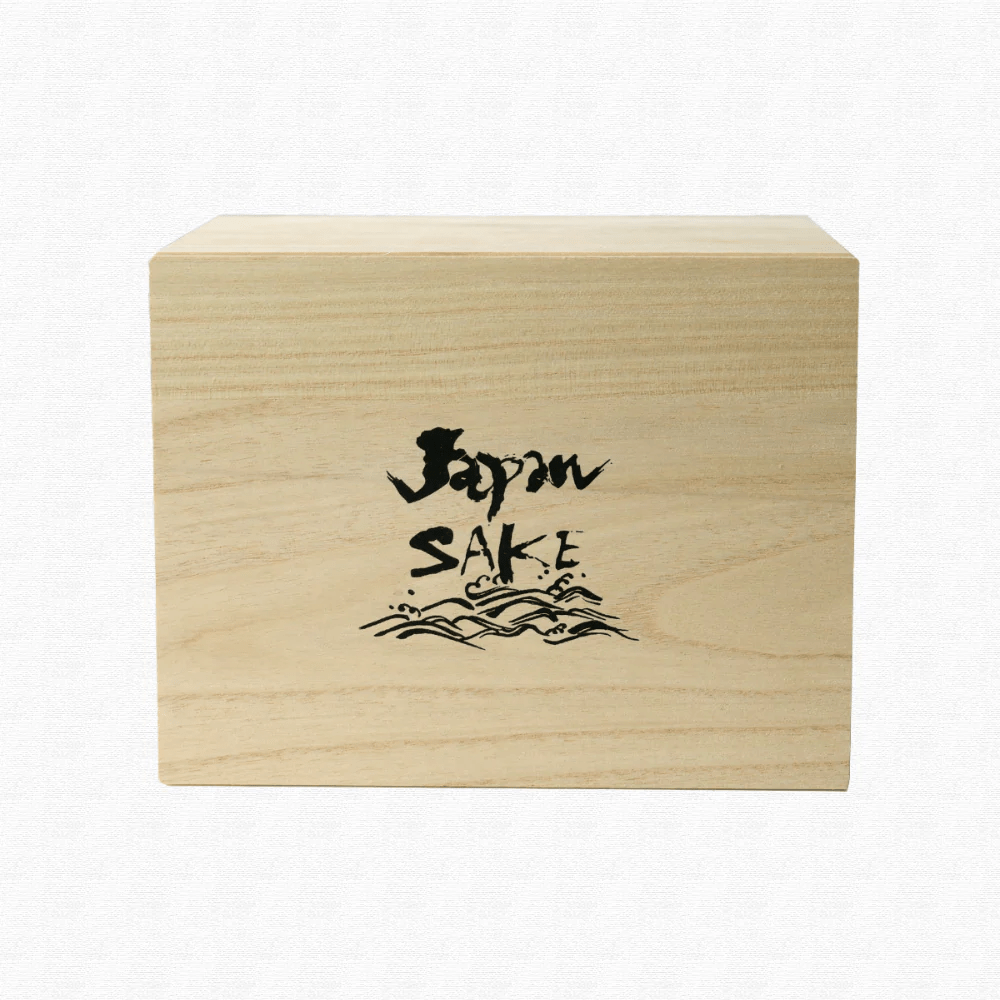

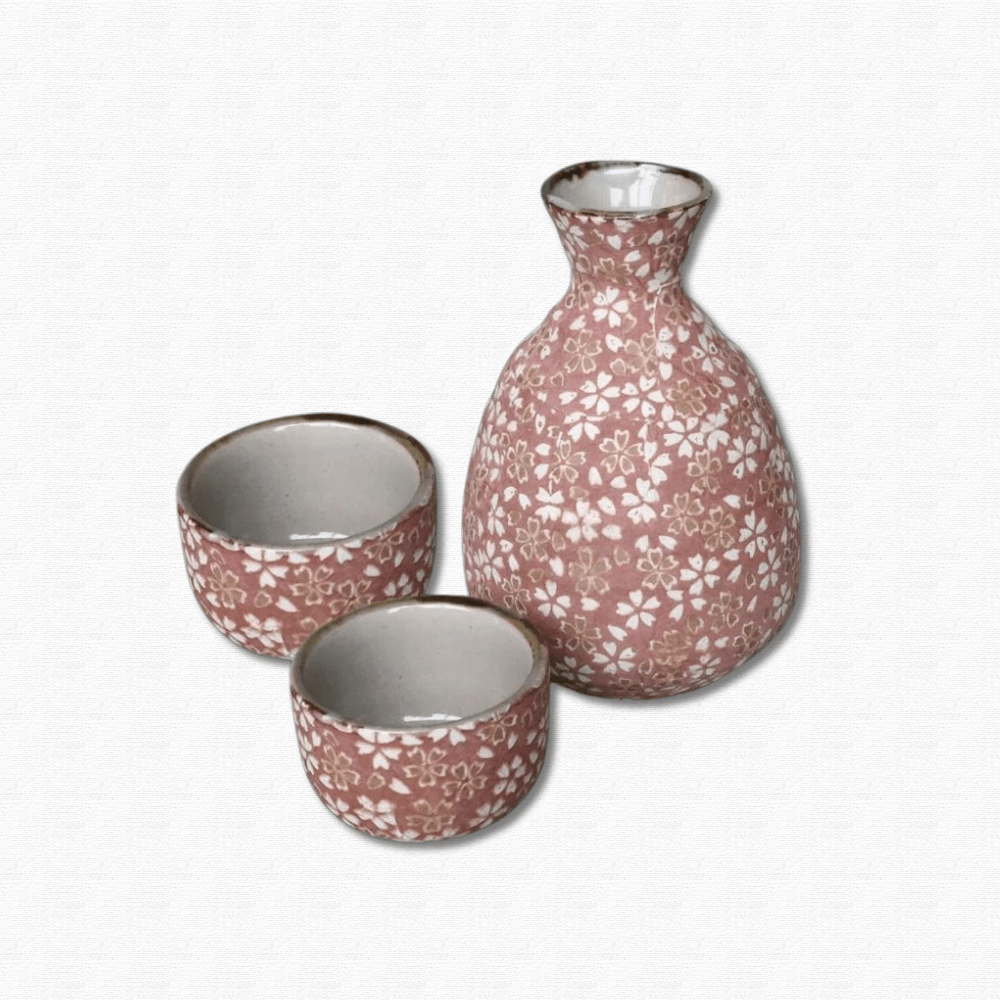
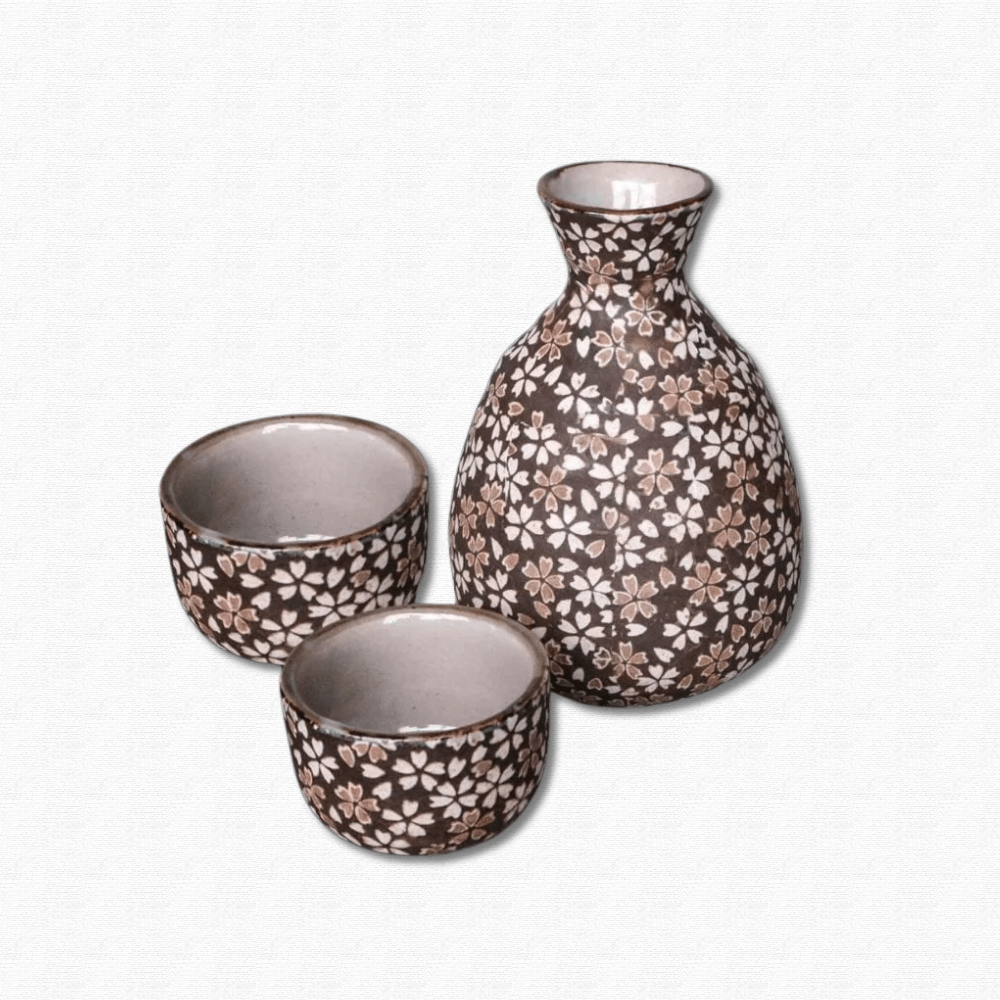
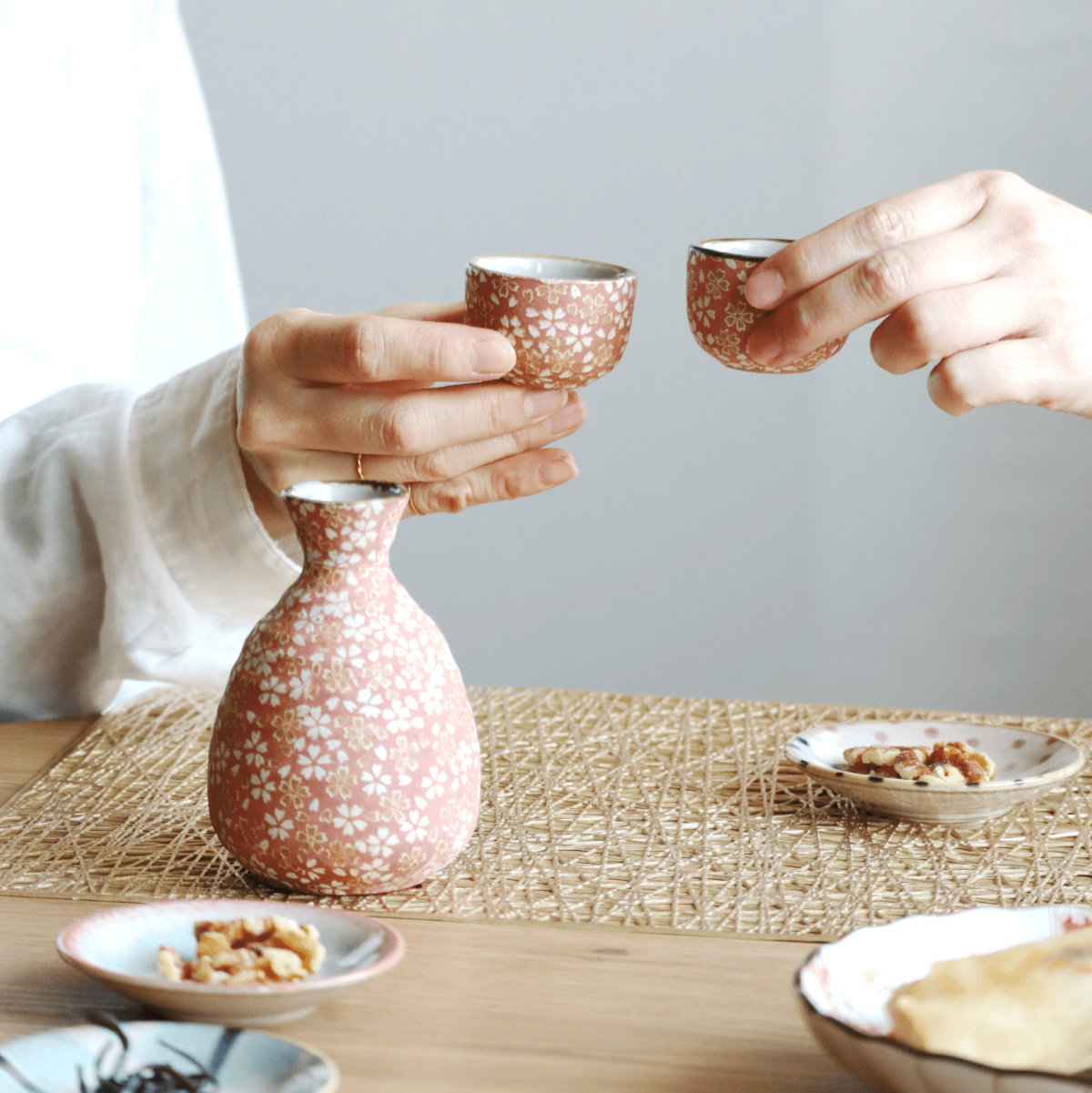
Share: